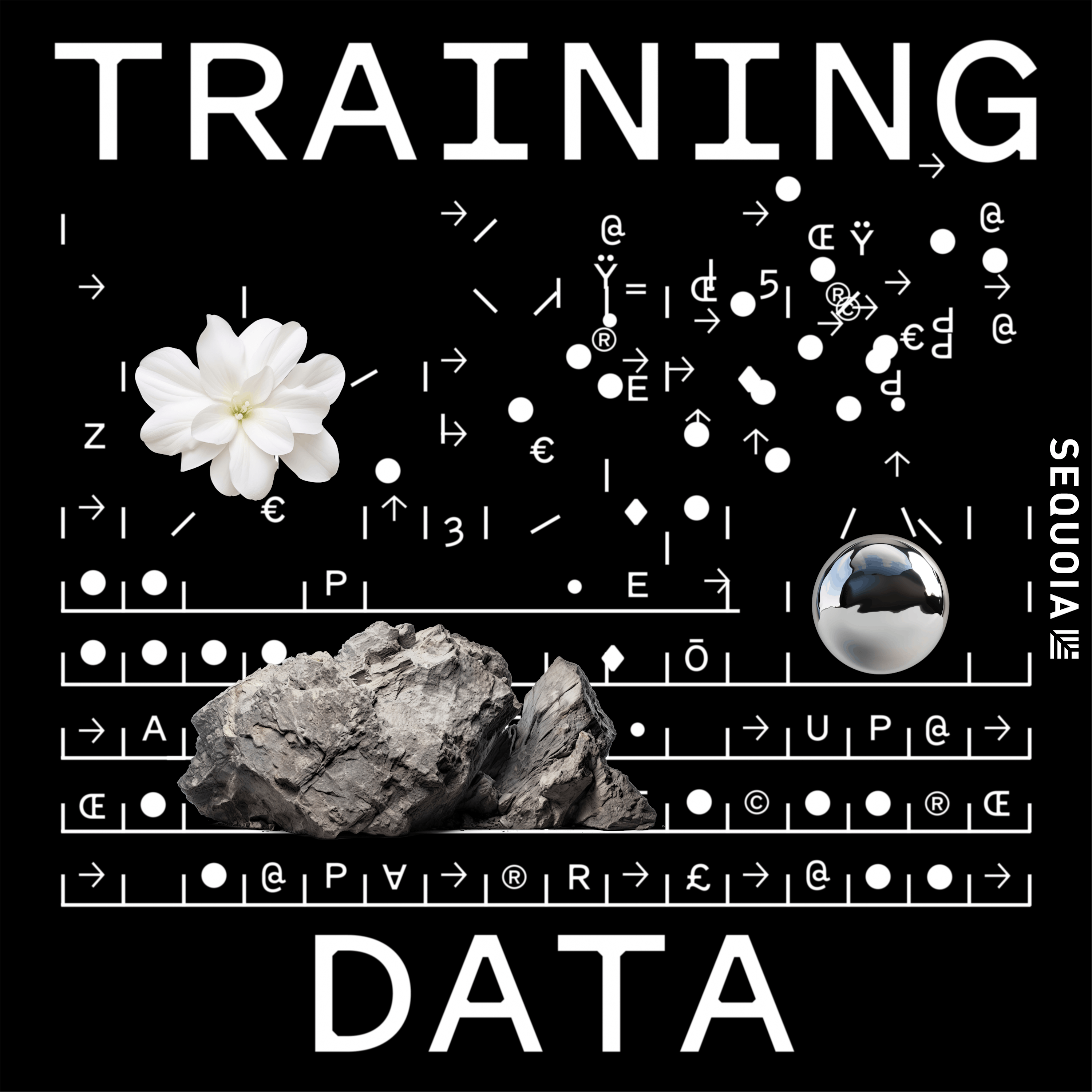
OpenAI Just Released ChatGPT Agent, Its Most Powerful Agent Yet
🤖 AI Summary
Overview
This episode dives into the development of OpenAI's ChatGPT Agent, a groundbreaking AI assistant capable of performing complex, multi-step tasks using a unified architecture. The team discusses its capabilities, training methods, safety measures, and the collaborative effort behind its creation.
Notable Quotes
- Imagine you're asking someone on Slack to do something for you. You'd give instructions, they'd ask clarifying questions, and you might interrupt them mid-task. That's how we modeled the agent.
- Isa Fulford, on the collaborative design of the agent.
- We essentially give the model all these tools, lock it in a room, and let it experiment. We don’t tell it when to use what tool—it figures that out by itself. It’s almost magic.
- Casey Chu, on the reinforcement learning approach.
- This agent is superhuman in some research tasks, outperforming human baselines in data science and analysis.
- Edward Sun, on the agent's capabilities.
🖥️ Unified Architecture for AI Agents
- Isa Fulford explains how combining Deep Research and Operator tools into a single agent creates a more powerful system. The agent uses text browsing for efficiency, visual browsing for flexibility, and terminal access for coding and API integration.
- Shared state across tools allows seamless transitions, enabling the agent to perform tasks like synthesizing research, booking flights, and creating presentations.
- Casey Chu highlights how reinforcement learning lets the model discover optimal tool usage without explicit programming.
🔒 Safety and Risk Mitigation
- The team emphasizes the challenges of enabling real-world actions, such as booking or purchasing, which introduce risks like harmful side effects or security vulnerabilities.
- Casey Chu describes safety measures, including monitors that act like antivirus software, stopping suspicious actions mid-task.
- Extensive internal and external red teaming was conducted to address risks like biohazards and phishing attacks.
📊 Practical Applications and User Experiences
- Early use cases include creating detailed research reports, automating online shopping, and generating financial models with slide decks.
- Edward Sun shares how the agent excels at tasks like pulling data from spreadsheets and organizing it into presentations.
- Isa Fulford notes its flexibility in consumer and professional contexts, from planning events to conducting deep dives into niche topics.
🚀 Future Directions for AI Agents
- The team envisions agents evolving to initiate tasks autonomously, improving personalization and memory.
- Isa Fulford and Casey Chu discuss the potential for new interaction paradigms, moving beyond the current ChatGPT interface.
- Long-term goals include training the model to excel at the full breadth of tasks humans perform on computers, leveraging its general-purpose design.
👩💻 Small Teams, Big Impact
- The project was developed by a small, tightly integrated team combining research and applied engineering.
- Isa Fulford credits the close collaboration between product design and research for the rapid progress, noting the team's ability to iterate quickly despite its size.
- Casey Chu reflects on the lineage of the project, tracing its roots back to OpenAI’s early experiments with computer interaction.
AI-generated content may not be accurate or complete and should not be relied upon as a sole source of truth.
📋 Episode Description
Isa Fulford, Casey Chu, and Edward Sun from OpenAI's ChatGPT agent team reveal how they combined Deep Research and Operator into a single, powerful AI agent that can perform complex, multi-step tasks lasting up to an hour. By giving the model access to a virtual computer with text browsing, visual browsing, terminal access, and API integrations—all with shared state—they've created what may be the first truly embodied AI assistant. The team discusses their reinforcement learning approach, safety mitigations for real-world actions, and how small teams can build transformative AI products through close research-applied collaboration.
Hosted by Sonya Huang and Lauren Reeder, Sequoia Capital
